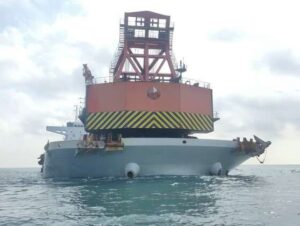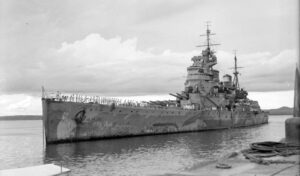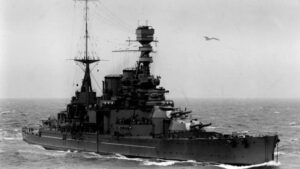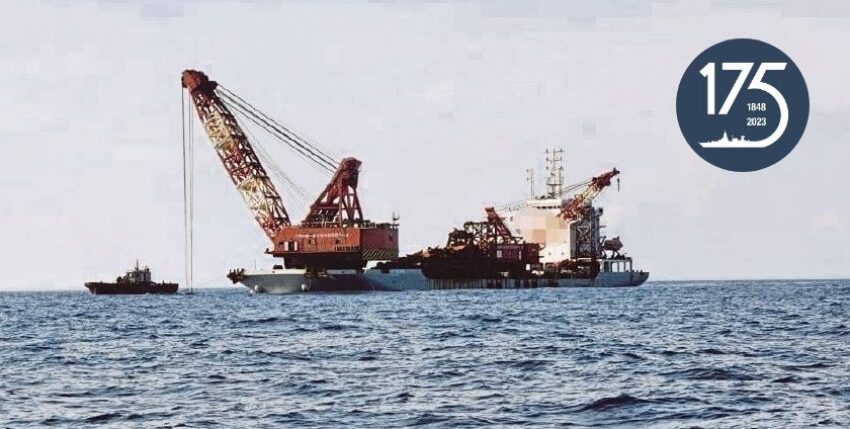The Malaysian Marine Authority (Malaysian Maritime Enforcement Agency (MMEA)) detained the Chinese bulk carrier "Chuan Hong 68", which was anchored in its economic zone off the southern province of Johor without authorisation and was equipped for deep-sea dredging. During the search, metals, weapon parts and large-calibre ammunition shells were discovered. The captain and crew (32) were subsequently arrested, but have since escaped with the ship. Malaysia accuses the crew of the vessel of illegally salvaging wreckage on the edge of the South China Sea and, in particular, of plundering British warship wrecks from the Second World War.

Valuable metals
Scrap metals such as steel, copper, aluminium and bronze are valuable. In particular, steel from the period before the atomic bombs were dropped on Japan and the bomb tests in the Pacific (pre-war steel) is highly traded because it only has a low level of radioactive contamination. This steel is used for medical and scientific instruments if they are to be used to register the smallest sources of radiation to detect cancer cells - which they cannot do if they are already less sensitive due to melted radioactive particles or even falsify measured values. The more sensitive the measuring devices, the lower the patient's radiochemical exposure.

War graves at sea
In December 1941, the battle cruiser "HMS Repulse" and the battleship "HMS Prince of Wales" - once the pride of the Royal Navy - were sunk by the Japanese air force in Malaysian waters just days after the attack on Pearl Harbour. Over 840 sailors died. Although the wrecks are considered war graves, they have been submerged by looters for years. Both ships lie at a depth of 60 metres and are therefore still easy targets.

Vandalism under water
The British Ministry of Defence criticised the looting of the Chinese vessel and expressed its shock at the apparent vandalism of the designated war graves. It said a strategy was needed for the preservation of maritime heritage under water. The UK has a special law to protect burial sites and thus also the peace of the dead, but has no means of doing so in foreign sea areas. And up to now, there has been no way to stop state looting!
Exhibition
By the way - the ship's bells of the "HMS Prince of Wales" (on public display) and the "HMS Repulse" are in the National Museum of the Royal Navy, Portsmouth. They'll be safe there for a while.
Sources: bbc/tja/dpa/stern/usni/gcaptain/reuters










